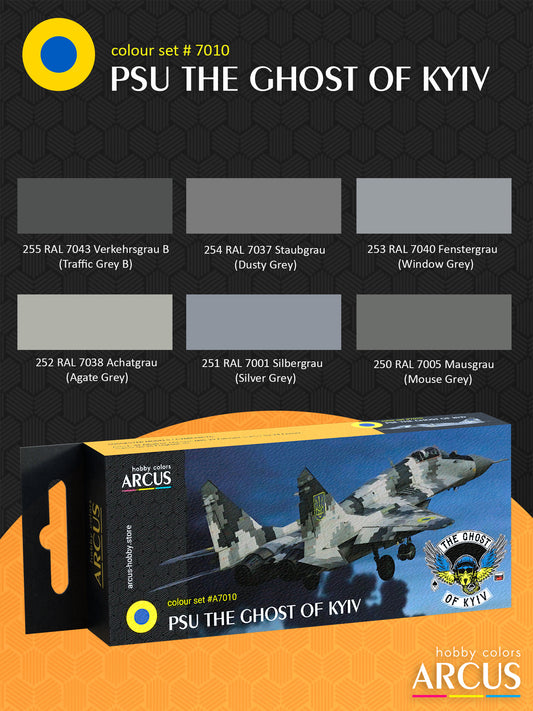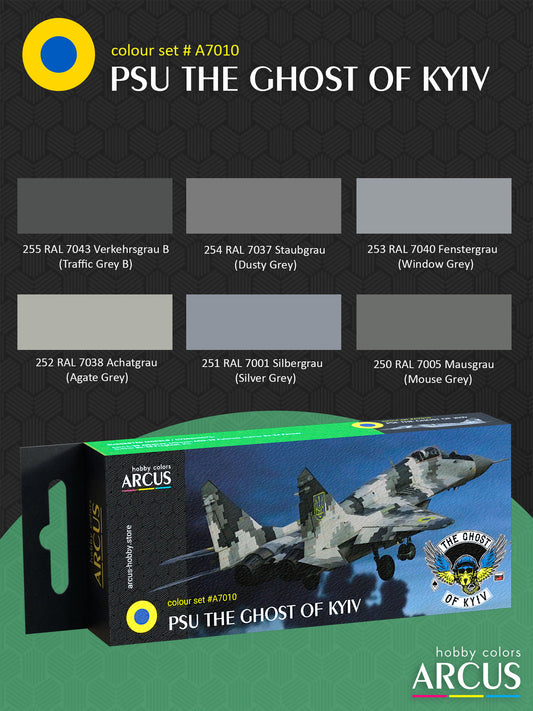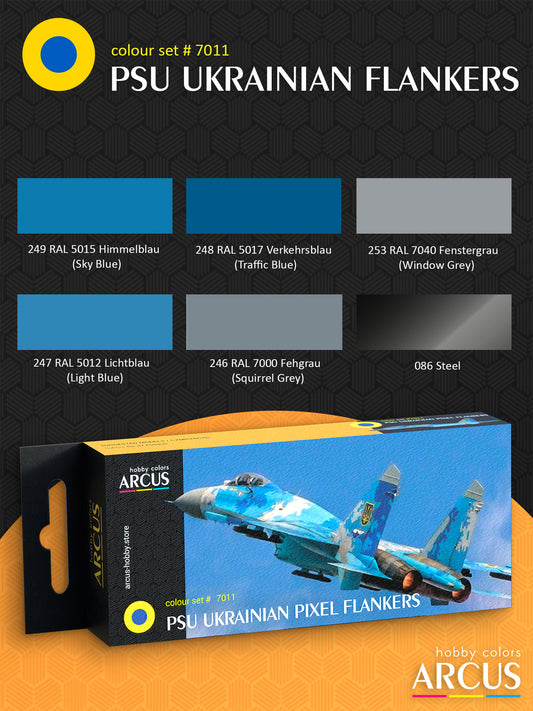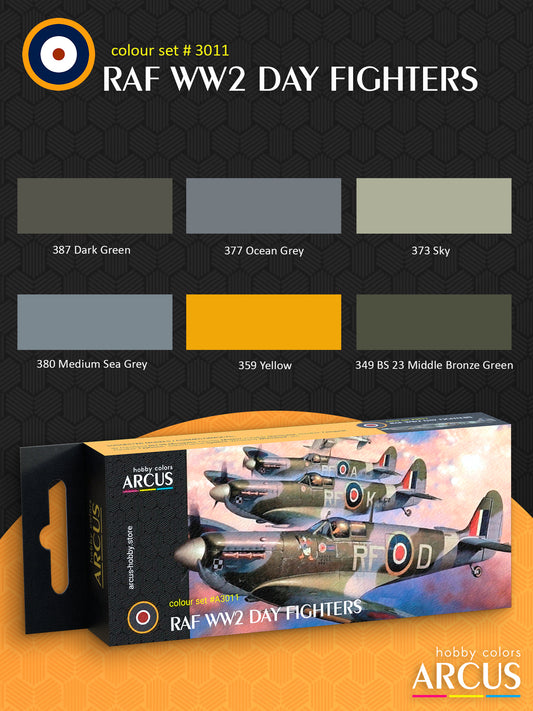Op 16 maart 1935 werd in Duitsland de Wehrmacht opgericht als opvolger van de Reichswehr. Enkele maanden later, op 1 juni, kregen de landstrijdkrachten een nieuwe benaming: voortaan heetten ze officieel het Heer, in plaats van het vroegere Reichsheer. Ook de Luftwaffe en de Kriegsmarine maakten deel uit van deze nieuwe krijgsmacht. De algemene leiding lag bij het Oberkommando der Wehrmacht (OKW).
De inzet van de Wehrmacht in de Tweede Wereldoorlog
De Wehrmacht deed haar eerste ervaring in een gewapend conflict op tijdens de Spaanse Burgeroorlog. In 1936 stuurde Duitsland het Condorlegioen naar Spanje ter ondersteuning van generaal Franco. Deze formatie bestond uit meer dan vijfduizend militairen, samen met vliegtuigen, tanks, artillerie en instructeurs. Het conflict bood gelegenheid om nieuw materieel in de praktijk te testen, de samenwerking tussen legeronderdelen te verfijnen en officieren onder operationele omstandigheden op te leiden.
In maart 1938 trok de Wehrmacht zonder tegenstand Oostenrijk binnen. De anschluss volgde, waarbij het land werd ingelijfd bij het Derde Rijk. Enkele maanden later, na het Verdrag van München, kreeg Duitsland het Sudetengebied toegewezen — een overwegend Duitstalige regio in Tsjecho-Slowakije. In het voorjaar van 1939 bezette het Duitse leger ook de rest van de Tsjechische gebieden en stelde daar het protectoraat Bohemen en Moravië in. Daarmee kwam een einde aan de fase van uitbreiding zonder grootschalig militair geweld.
Op 1 september 1939 viel de Wehrmacht Polen binnen. Kort daarna bezette ook het Rode Leger het oosten van het land. De veldtocht duurde minder dan een maand; Polen werd verdeeld tussen Duitsland en de Sovjetunie. Als reactie verklaarden Groot-Brittannië en Frankrijk de oorlog aan Duitsland.
Vervolgens richtte Duitsland zich op Noord-Europa. In april 1940 werden Denemarken en Noorwegen binnengevallen — de eerste directe confrontatie met de westerse geallieerden. In mei volgde een bliksemaanval op België, Nederland en Luxemburg, en aansluitend op Frankrijk. Binnen enkele weken doorbraken Duitse troepen de verdedigingslinies. Op 22 juni capituleerde Frankrijk. Rond dezelfde tijd trad Italië toe aan het conflict aan Duitse zijde.
Na de snelle overwinning in het westen verlegde het Duitse opperbevel zijn focus naar Groot-Brittannië. In de zomer van 1940 begonnen de Luftwaffe en de Italiaanse luchtmacht aan een intensieve bombardementencampagne. Wekenlang werden Britse steden dagelijks aangevallen. Het doel was het uitschakelen van de Royal Air Force en het voorbereiden van een invasie. Maar de RAF hield stand, en de operatie werd uiteindelijk afgeblazen — de eerste strategische nederlaag voor Duitsland.
In het voorjaar van 1941 verschoof de aandacht naar Zuid-Europa en Noord-Afrika. In februari werd het Afrikakorps onder leiding van Erwin Rommel naar Libië gestuurd om de instortende Italiaanse linies te versterken. Dankzij een snelle tegenaanval slaagden de Duitsers erin de situatie te stabiliseren en de Britse troepen terug te dringen tot nabij Egypte.
Kort daarop begon de Balkanveldtocht. In april werd Joegoslavië bezet na een machtswisseling waarbij de nieuwe regering zich afkeerde van de asmogendheden. Enkele dagen later viel Duitsland Griekenland binnen, waar geallieerde troepen vergeefs probeerden het Duitse offensief te stoppen. In mei 1941 veroverden Duitse parachutisten het eiland Kreta in de eerste grootschalige luchtlandingsoperatie uit de geschiedenis. Hoewel succesvol, waren de verliezen zodanig dat verdere operaties van die aard werden vermeden. Voor de geallieerden vormde Kreta echter een belangrijk leermoment: het werd een basis voor latere luchtlandingsacties zoals operatie Market Garden in Nederland en de geallieerde landing in Normandië op D-Day.
Na de operaties in Zuid-Europa begon op 22 juni 1941 operatie Barbarossa: de Duitse invasie van de Sovjetunie. Langs een breed front van de Oostzee tot aan de Zwarte Zee rukte de Wehrmacht snel op. De Baltische staten, Wit-Rusland en Oekraïne werden bezet, en Duitse troepen bereikten de buitenwijken van Moskou. De opmars stokte echter bij het invallen van de winter. In 1942 verschoof het zwaartepunt naar het zuiden, richting de Wolga. De slag om Stalingrad eindigde in een omsingeling en capitulatie van het 6e Leger onder generaal Friedrich Paulus — een keerpunt aan het oostfront.
Ook in Afrika verslechterde de situatie voor de asmogendheden. Na de nederlaag bij El Alamein moesten de Duits-Italiaanse troepen zich terugtrekken. In mei 1943 volgde de capitulatie in Tunesië. Kort daarna landden de geallieerden op Sicilië en vervolgens op het Italiaanse vasteland. De Italiaanse campagne was begonnen. In juni 1944 openden de westerse geallieerden een tweede front met de landing in Normandië — het begin van de bevrijding van Frankrijk en België. Vanuit het oosten rukte het Rode Leger verder op.
Begin 1945 stonden de geallieerden aan de grenzen van Duitsland. In april begon het Rode Leger het offensief tegen Berlijn. Na zware gevechten viel de hoofdstad, en op 8 mei gaf nazi-Duitsland zich onvoorwaardelijk over. De Wehrmacht hield op te bestaan. In de maanden die volgden werden de laatste restanten van de strijdkrachten ontbonden. Pas tien jaar later kreeg het democratische West-Duitsland toestemming om opnieuw een leger op te richten — de Bundeswehr.
De evolutie van camouflage op voertuigen van de Wehrmacht
Tijdens de oorlog onderging de camouflage op Wehrmacht-voertuigen meerdere grote aanpassingen. Die veranderingen waren deels het gevolg van strategische keuzes, maar vooral van het terrein waarin werd gevochten.
In de beginfase gebruikte men nog het driekleurige patroon Buntfarbenanstrich, afkomstig van de Reichswehr. Niet-gepantserde voertuigen werden standaard geleverd in het veldgrijs (Feldgrau).
In 1937 kwam er een nieuw schema: een donkergrijze basis met donkerbruine vlekken. Officieel stond dat bekend als Gerätanstrich dunkelgrau/dunkelbraun, maar het werd ook aangeduid als de “nieuwe Buntfarbenanstrich”. In de zomer van 1940 werden de bruine accenten geschrapt, en voortaan werd alles in één kleur gespoten: Dunkelgrau.
Voor winteromstandigheden werd tijdelijk witte camouflage gebruikt — een afwasbare emulsieverf die vanzelf verdween door neerslag of slijtage.
De inzet in Noord-Afrika vroeg om aangepaste kleuren. In maart 1941 werd een woestijnschema ingevoerd: geelbruin (Gelbbraun) gecombineerd met zandgrijs (Grau), aangebracht over de standaard Europese grijstint. Een jaar later, in maart 1942, werd dit systeem volledig herzien en vervangen door nieuwe kleuren, beter geschikt voor het Afrikaanse klimaat.
Ook het Europese camouflagepatroon moest worden aangepast. Het grijs dat in West-Europa goed volstond, bleek op het open terrein van het Oostfront onvoldoende. In het voorjaar van 1943 werd Dunkelgelb ingevoerd als nieuwe basiskleur. Daarmee ontstond een driekleurenschema (Tarnanstrich): geel met vlekken in roodbruin (Rotbraun) en olijfgroen (Olivgrün).
Begin 1945 werd de aanpak opnieuw gewijzigd. Verfschaarste en materiaalkrapte speelden een grote rol. Waar voertuigen voorheen eerst volledig geel werden gespoten en daarna gecamoufleerd, werd nu gekozen voor de zogeheten Sparanstrich: camouflagekleuren rechtstreeks op de primer. Ook die basislaag veranderde — in plaats van Dunkelgelb werd Olivgrün het uitgangspunt. Tegen het einde van de oorlog bleven sommige voertuigdelen zelfs volledig ongeverfd en enkel voorzien van roodbruine grondverf.
Kleurcodering van het Duitse leger tijdens de Tweede Wereldoorlog
Het vastleggen van verftinten voor militair materieel begon in Duitsland al vóór de oprichting van de Wehrmacht. In 1927 introduceerde het Reichs-Ausschuss für Lieferbedingungen (RAL) een industriële kleurschaal met veertig standaardtinten onder de naam RAL 840. Deze zou later de basis vormen voor het militaire kleurgebruik.
Tot 1941 werden kleuren voor pantservoertuigen aangeduid met een naam en een nummer, zoals Grün Nr. 28 of Schwarz Nr. 5. Maar die aanduidingen verwezen niet naar vaste kleurstalen. Bij massaproductie leidde dat tot variaties in tint en problemen met de consistentie van de levering — geen ideale situatie voor een uniforme camouflage of centrale bevoorrading.
Op 10 februari 1941 werd het systeem aangepast. De losse namen en nummers maakten plaats voor viercijferige RAL-codes. Zo werd Dunkelgrau Nr. 46 omgezet naar RAL 7021 Dunkelgrau, en Grün Nr. 28 werd RAL 6007 Grün. Dankzij deze nieuwe codering konden kleuren beter worden gestandaardiseerd, werd de bevoorrading eenvoudiger en kwam er één duidelijk systeem voor het hele leger. Het RAL-systeem is tot op de dag van vandaag in gebruik — zowel militair als civiel.
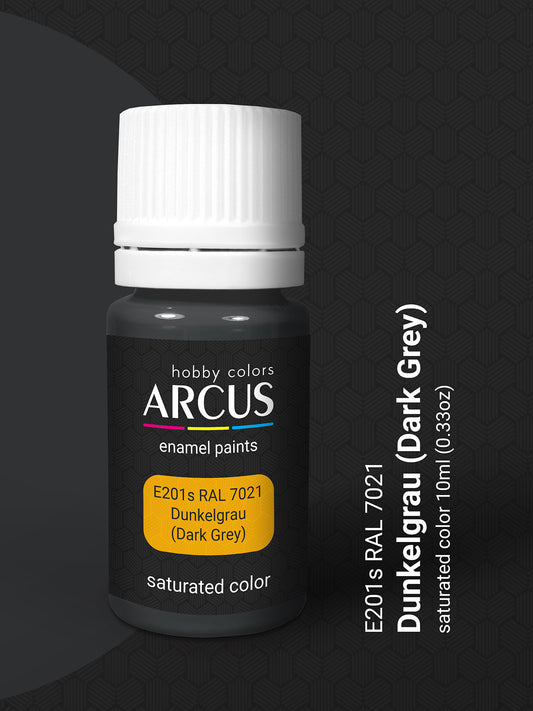
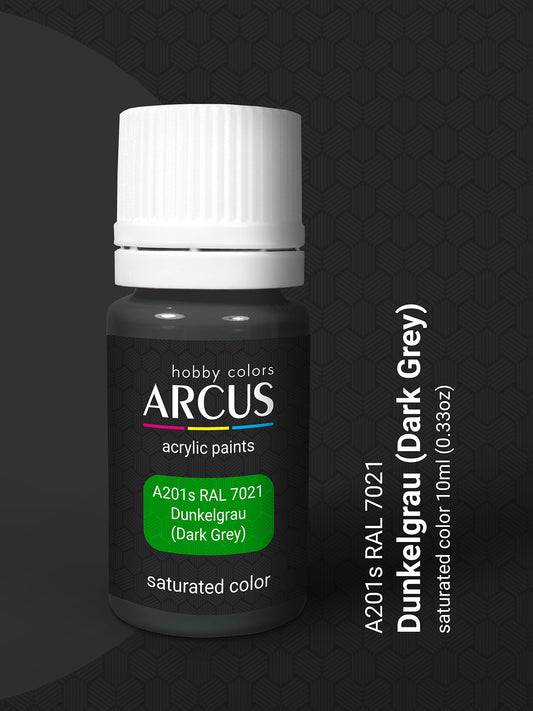 Aanbieding
Aanbieding
 AanbiedingVerkoper:Arcus HobbyNormale prijs $1.69 USDNormale prijsEenheidsprijs per
AanbiedingVerkoper:Arcus HobbyNormale prijs $1.69 USDNormale prijsEenheidsprijs per
 AanbiedingVerkoper:Arcus HobbyNormale prijs $1.69 USDNormale prijsEenheidsprijs per
AanbiedingVerkoper:Arcus HobbyNormale prijs $1.69 USDNormale prijsEenheidsprijs per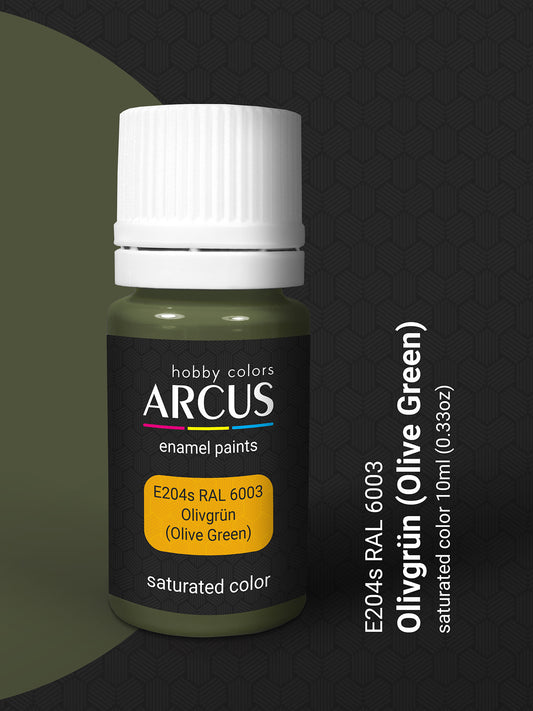
 AanbiedingVerkoper:Arcus HobbyNormale prijs $1.69 USDNormale prijsEenheidsprijs per
AanbiedingVerkoper:Arcus HobbyNormale prijs $1.69 USDNormale prijsEenheidsprijs per
 Aanbieding
Aanbieding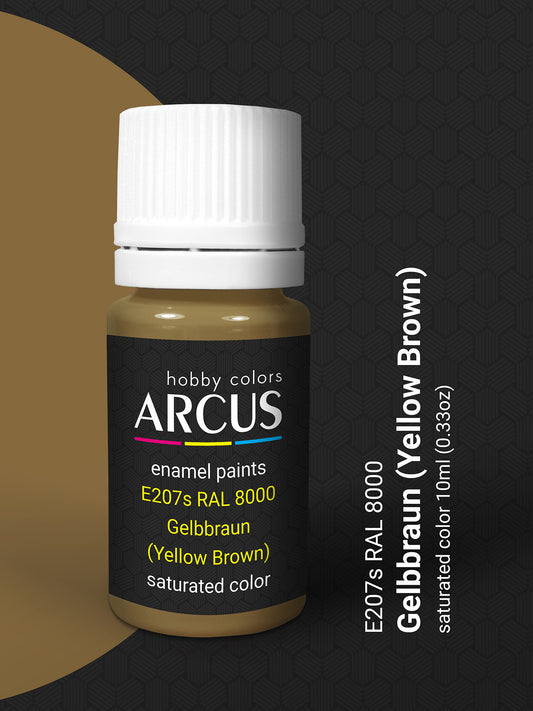
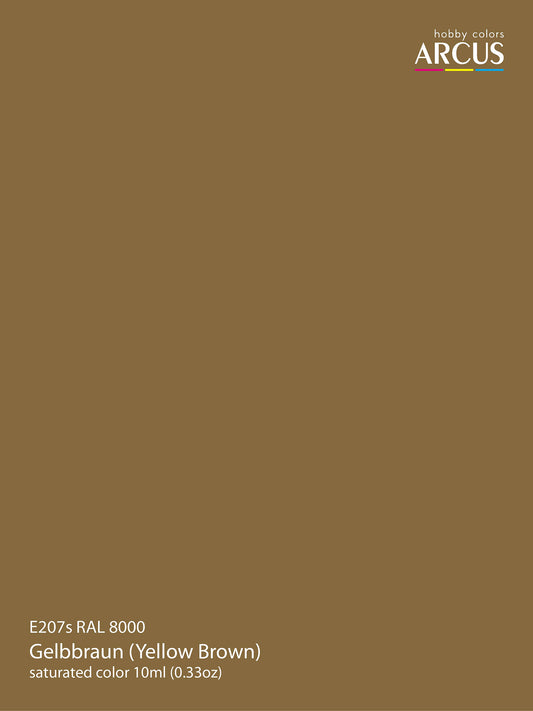 Aanbieding
Aanbieding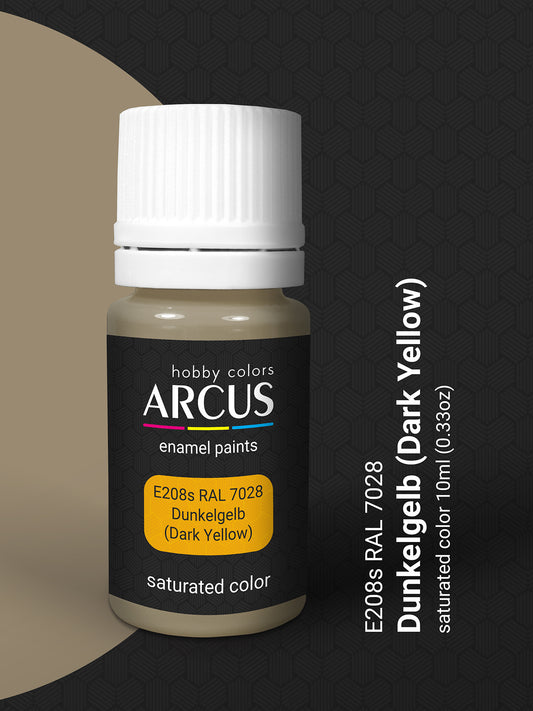
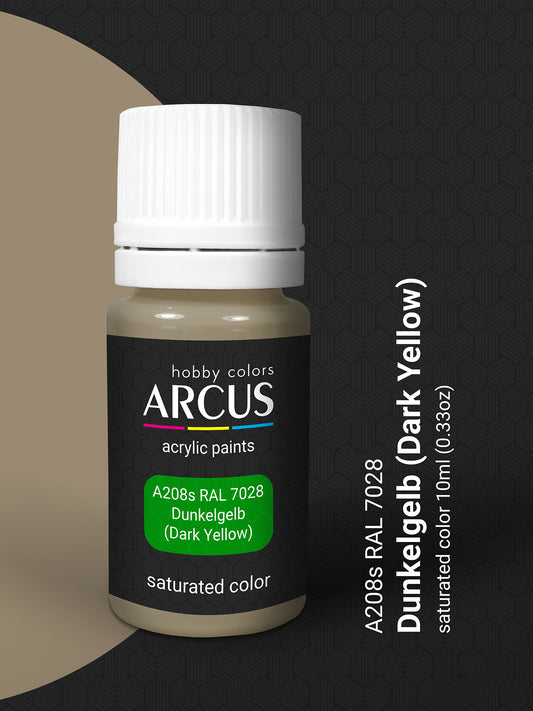 AanbiedingVerkoper:Arcus HobbyNormale prijs $1.69 USDNormale prijsEenheidsprijs per
AanbiedingVerkoper:Arcus HobbyNormale prijs $1.69 USDNormale prijsEenheidsprijs per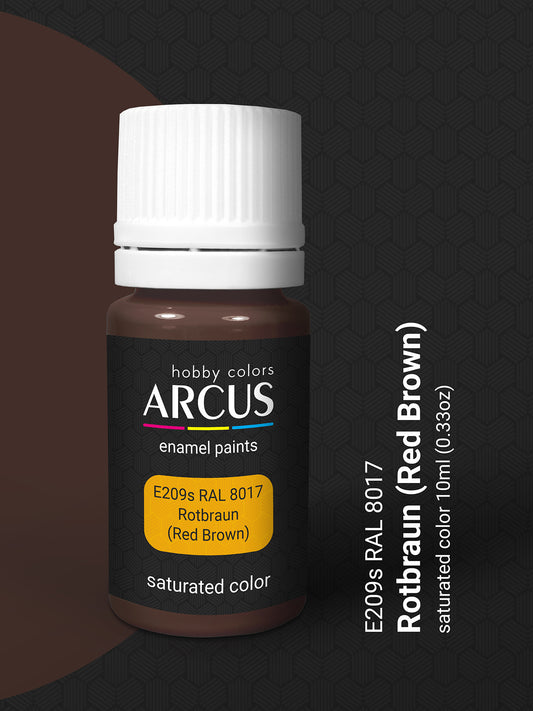
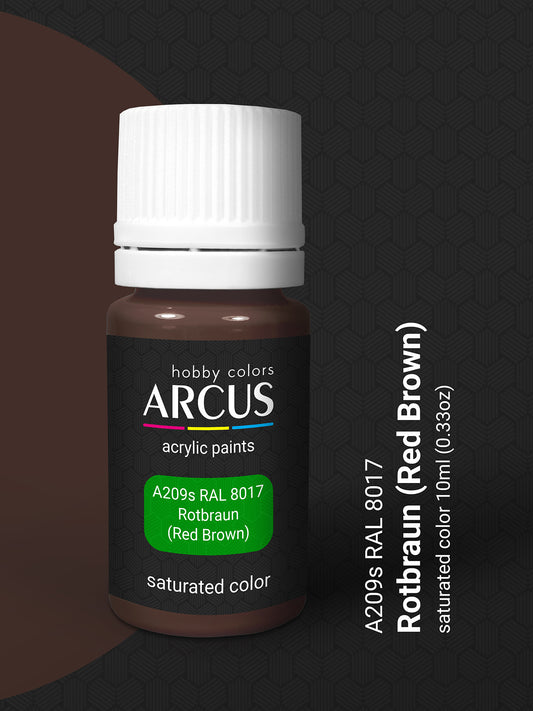 AanbiedingVerkoper:Arcus HobbyNormale prijs $1.69 USDNormale prijsEenheidsprijs per
AanbiedingVerkoper:Arcus HobbyNormale prijs $1.69 USDNormale prijsEenheidsprijs per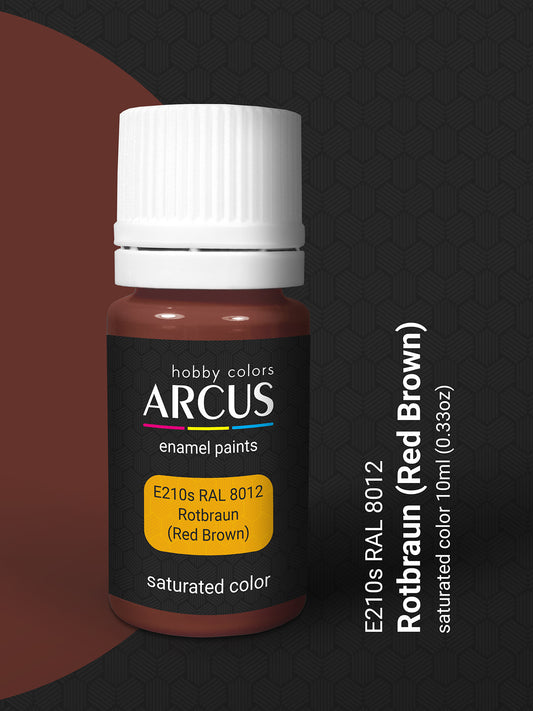
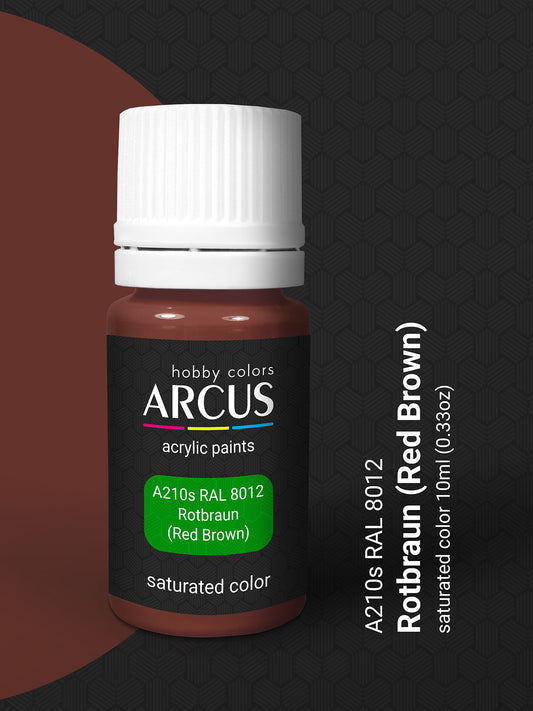 AanbiedingVerkoper:Arcus HobbyNormale prijs $1.69 USDNormale prijsEenheidsprijs per
AanbiedingVerkoper:Arcus HobbyNormale prijs $1.69 USDNormale prijsEenheidsprijs per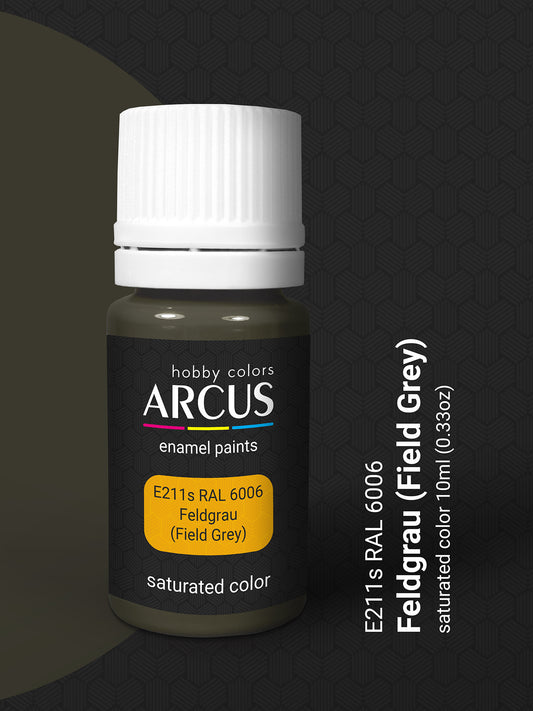
 Aanbieding
Aanbieding
 AanbiedingVerkoper:Arcus HobbyNormale prijs $1.69 USDNormale prijsEenheidsprijs per
AanbiedingVerkoper:Arcus HobbyNormale prijs $1.69 USDNormale prijsEenheidsprijs per
 AanbiedingVerkoper:Arcus HobbyNormale prijs $1.69 USDNormale prijsEenheidsprijs per
AanbiedingVerkoper:Arcus HobbyNormale prijs $1.69 USDNormale prijsEenheidsprijs per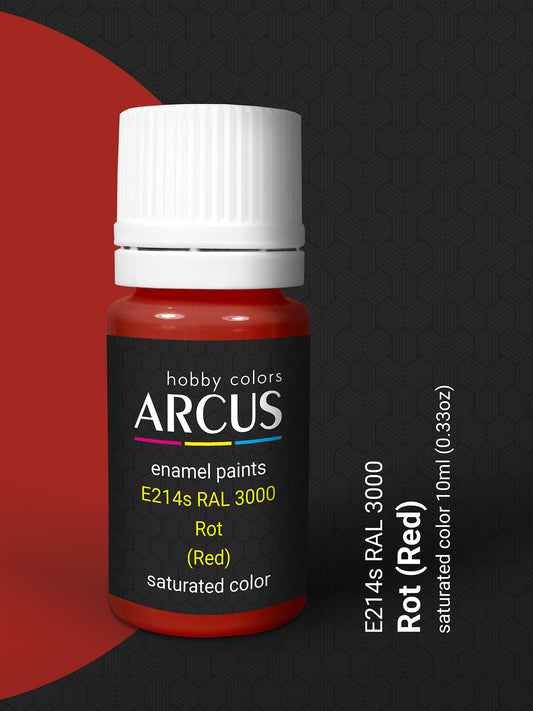
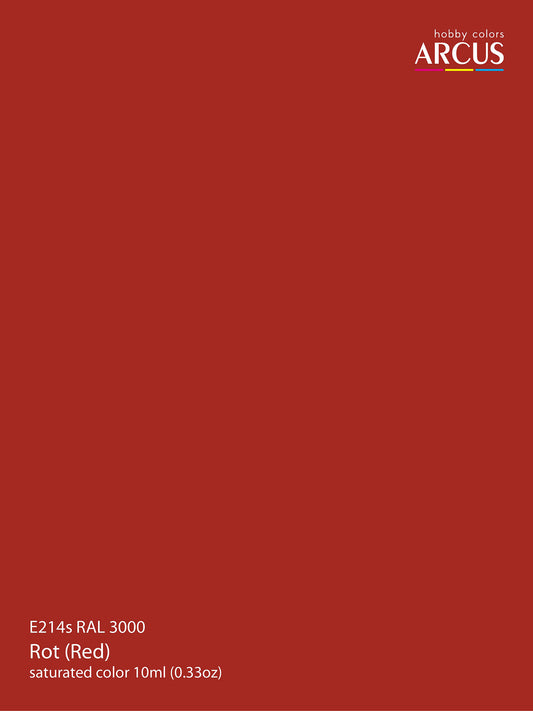 AanbiedingVerkoper:arcus-hobbyNormale prijs $1.69 USDNormale prijsEenheidsprijs per
AanbiedingVerkoper:arcus-hobbyNormale prijs $1.69 USDNormale prijsEenheidsprijs per
 AanbiedingVerkoper:Arcus HobbyNormale prijs $1.69 USDNormale prijsEenheidsprijs per
AanbiedingVerkoper:Arcus HobbyNormale prijs $1.69 USDNormale prijsEenheidsprijs per
 AanbiedingVerkoper:Arcus HobbyNormale prijs $1.69 USDNormale prijsEenheidsprijs per
AanbiedingVerkoper:Arcus HobbyNormale prijs $1.69 USDNormale prijsEenheidsprijs per
 AanbiedingVerkoper:Arcus HobbyNormale prijs $1.69 USDNormale prijsEenheidsprijs per
AanbiedingVerkoper:Arcus HobbyNormale prijs $1.69 USDNormale prijsEenheidsprijs per
 AanbiedingVerkoper:Arcus HobbyNormale prijs $1.69 USDNormale prijsEenheidsprijs per
AanbiedingVerkoper:Arcus HobbyNormale prijs $1.69 USDNormale prijsEenheidsprijs per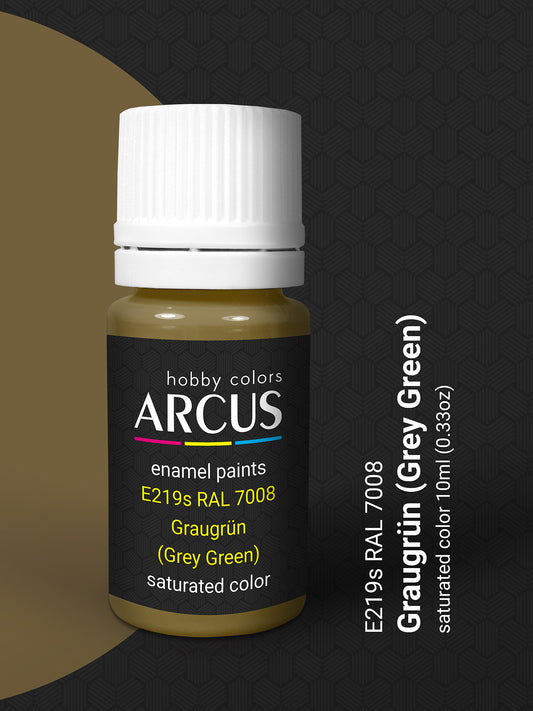
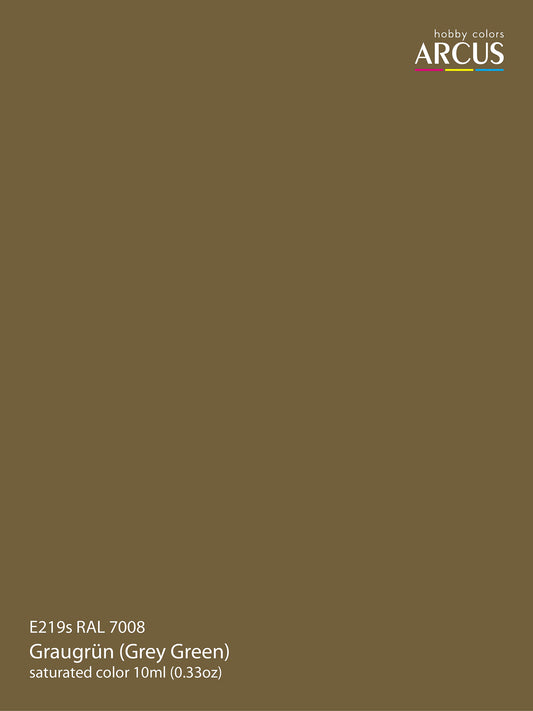 AanbiedingVerkoper:arcus-hobbyNormale prijs $1.69 USDNormale prijsEenheidsprijs per
AanbiedingVerkoper:arcus-hobbyNormale prijs $1.69 USDNormale prijsEenheidsprijs per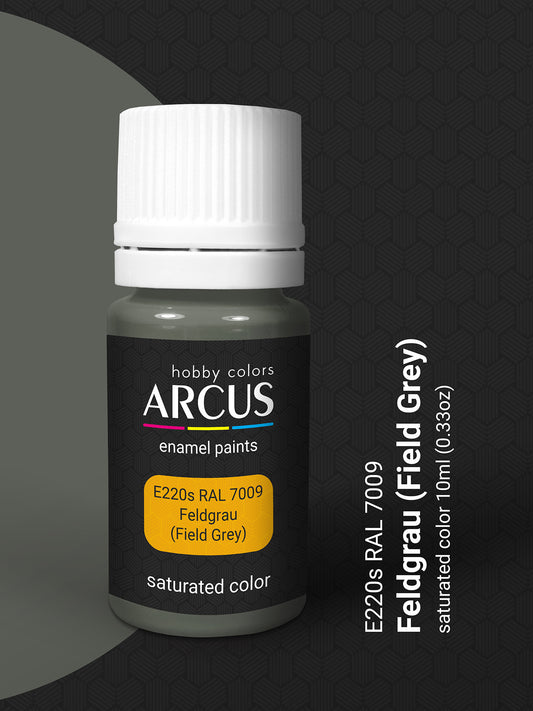
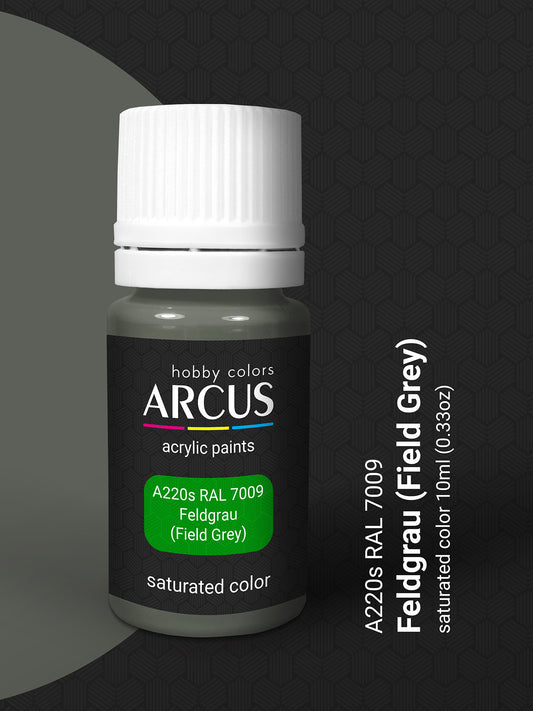 AanbiedingVerkoper:Arcus HobbyNormale prijs $1.69 USDNormale prijsEenheidsprijs per
AanbiedingVerkoper:Arcus HobbyNormale prijs $1.69 USDNormale prijsEenheidsprijs per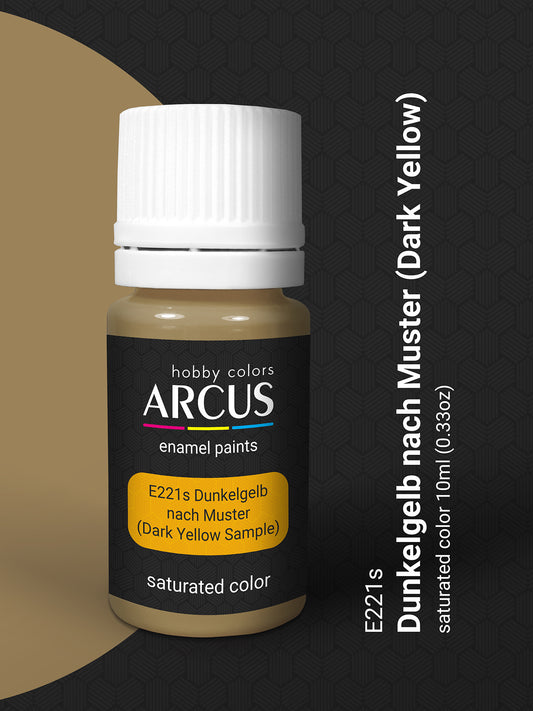
 AanbiedingVerkoper:Arcus HobbyNormale prijs $1.69 USDNormale prijsEenheidsprijs per
AanbiedingVerkoper:Arcus HobbyNormale prijs $1.69 USDNormale prijsEenheidsprijs per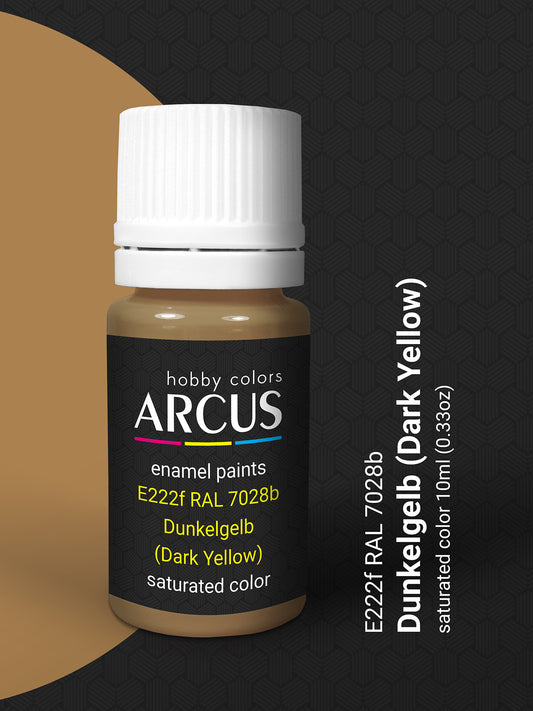
 Aanbieding
Aanbieding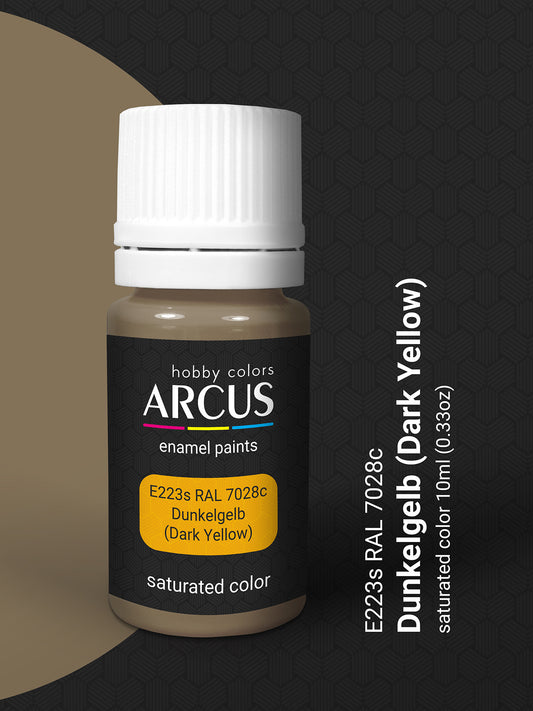
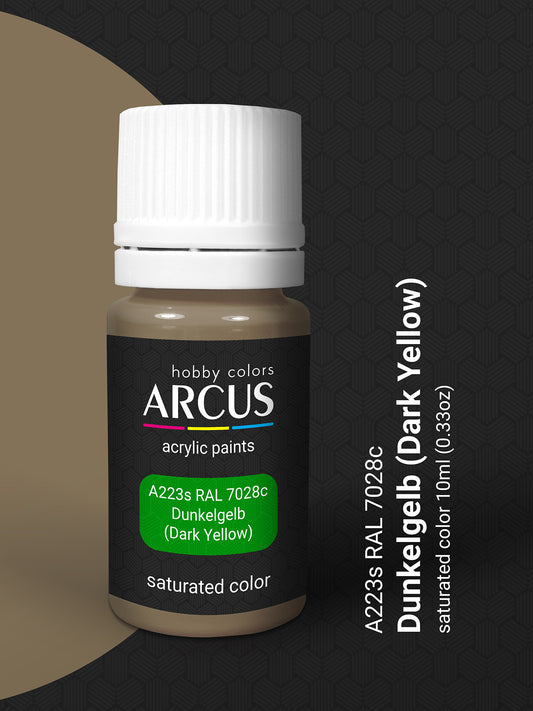 Aanbieding
Aanbieding
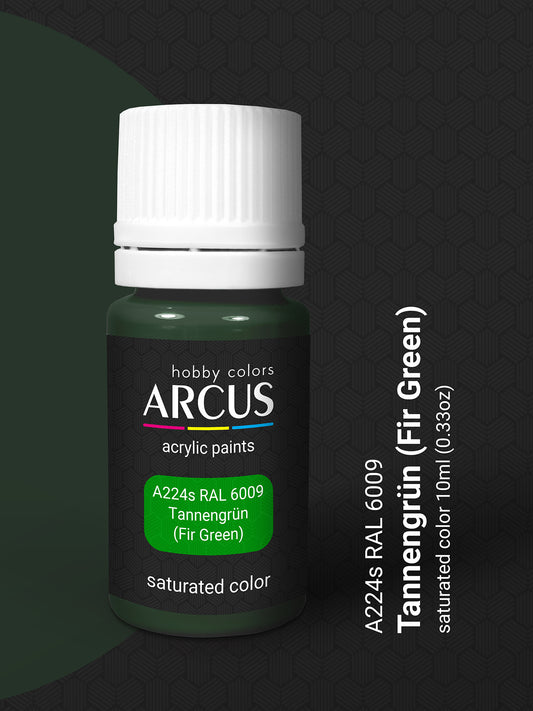 AanbiedingVerkoper:Arcus HobbyNormale prijs $1.69 USDNormale prijsEenheidsprijs per
AanbiedingVerkoper:Arcus HobbyNormale prijs $1.69 USDNormale prijsEenheidsprijs per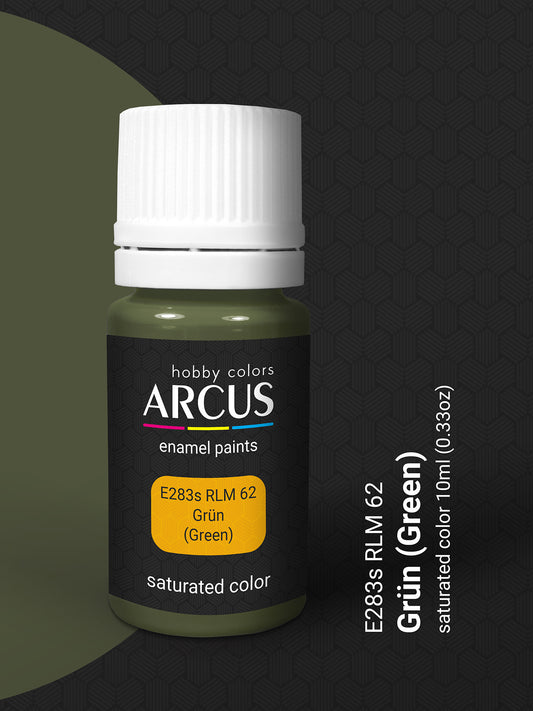
 AanbiedingVerkoper:Arcus HobbyNormale prijs $1.69 USDNormale prijsEenheidsprijs per
AanbiedingVerkoper:Arcus HobbyNormale prijs $1.69 USDNormale prijsEenheidsprijs per
















































